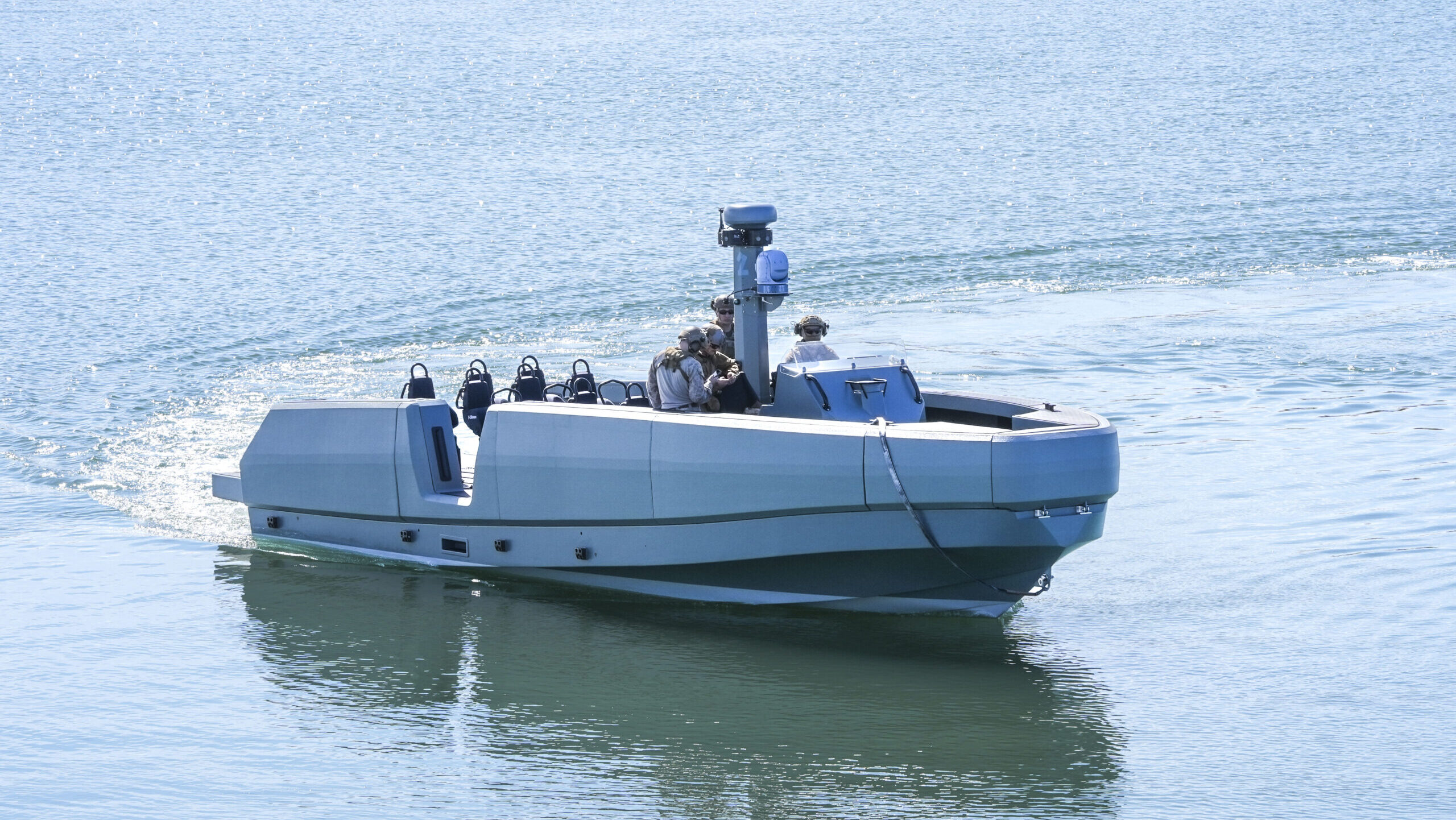
WASHINGTON — As hard as the military services have been working for years towards the Pentagon’s dream of an all-seeing, all-connected battle network, inside the Marine Corps it’s all looking “very aspirational at best, right now,” according to a senior Marine officer.
“Within our own service, if we’re trying to get unit A to talk to unit B in the same organization, sometimes we struggle,” said Brig. Gen. William Wilburn, Jr., currently serving as the deputy director for Combat Support at the National Security Agency. “When we have a joint exercise [and] we bring in a different service, the shortcomings are even more glaring. … It’s going to be even harder when we’re trying to talk to our coalition partners.
“So it’s a goal for the Marine Corps. We’re driving toward that goal. We’ve made some strides, but we started first making sure within our own organization that we can talk,” he said on a panel at the Intelligence and National Security Alliance summit here Tuesday.
The Marine Corps does not currently have a public-facing effort contributing to what the Pentagon calls Combined Joint All-Domain Command and Control (CJADC2), unlike the Army’s Project Convergence, the Navy’s Project Overmatch and the Air Force’s DAF Battle Network.
RELATED: ‘Ultimate example of JADC2’: Can the Pentagon keep a carrier connected on long-range voyage?
But Wilburn told Breaking Defense after the panel that the Marines “have folks working on” CJADC2 lines of effort internally and are consistently learning from the experience of their “partners” in the other services.
“The next big step is [that] amongst the naval services, hopefully we’ll be able to talk, communicate and sense together, and then we’ll expand out,” Wilburn said on the panel. “But I think we have to be very honest about the trajectory and how long it’s going to take to get there and the level of investment, because it’s going to cost quite a bit.”
Wilburn, who emphasized to Breaking Defense that his comments reflected only his personal opinion, said he made the public remarks to stress to the audience — full of military and intelligence officials as well as a host of industry representatives — just how “very hard” the massively complex CJADC2 problem is.
Officials have long-acknowledged that CJADC2 — the ability to quickly connect any “sensor” to any “shooter” from anywhere on the globe (or in space), amongst the US services and eventually international partners — is a dauntingly ambitious prospect, so much so that a key lawmaker recently suggested the Pentagon should scale down its aspirations.
The most publicly active of the CJADC2 experiments is the Army’s annual Project Convergence, which has incorporated Marine assets in the past. Flanking Wilburn, Army ISR Task Force Director Andrew Evans highlighted one particular problem they’ve discovered in their “get in the dirt” CJADC2 trials: trying to connect new systems with old ones.
“One of the challenge areas that we’re seeing is, we know we’re not going to go fight with all modernized kit,” he said. “That would be great if we could and then we could just architect the interfaces and data standards would all be seamless, and all the services would do it, and we’d be great. We’d all talk to each other and maybe even our allies and partners.
“But we’re going to have a combination of modernized kit and legacy kit, and when you deal with that, making all that connect and work seamless, is extraordinarily difficult,” he said.
Evans said it’s a “complicated journey for all services, [but] we are just fully committed to getting there, because we believe if we don’t get there, we run the great risk of being overmatched.”
RELATED: Air Force CJADC2 plans ‘completely hamstrung’ by budget impasse, general says
As for the the Air Force, Space Force intelligence chief Maj. Gen. Gregory Gagnon, also a panelist, pointed out that within the Pentagon, Air Force Gen. Luke Crospy’s office is working to streamline data-sharing between the services — the kind of progress that doesn’t generally make headlines but is key to CJADC2’s success.
In contrast to the Army and Air Force, the Navy has been largely secretive about its work on Project Overmatch, and panelist Vice Adm. Karl Thomas, deputy chief of naval operations for information warfare, stuck to that line, though he acknowledged the effort centers around “resilient networks, resilient kill webs and in decision-support capability for the warfighter.”
“We don’t tend to talk too much about the details of it, but it’s all the stuff we are talking [about], trying to close in a denied environment and be able to still sense and [support] long-range fires,” he said.